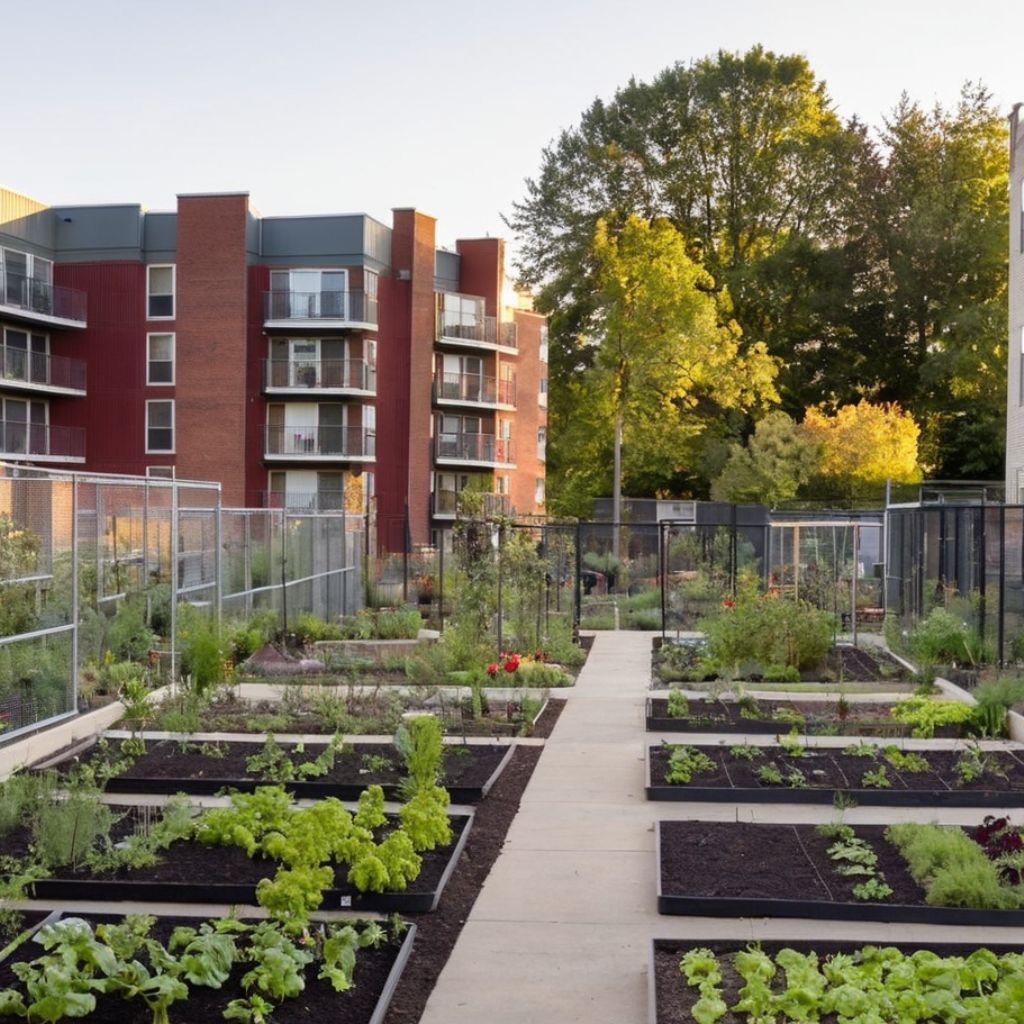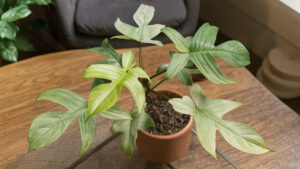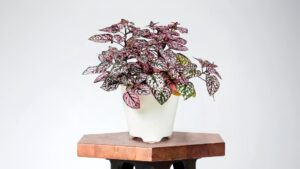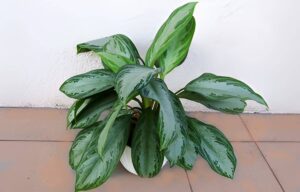
In an era of rising food prices and global instability, the ability to grow your own food has never been more important. Thankfully, you don’t need acres of farmland to achieve a significant level of self-sufficiency – even a small backyard or patio can provide a bounty of nutritious, cost-saving produce.
The YouTube channel “Self Sufficient Me” recently released a video highlighting the top 6 crops every self-sufficient gardener should grow. Let’s explore why these versatile plants should be at the top of your planting list.
In this article
Potatoes
Potatoes are a gardener’s best friend – they’re easy to grow, store well, and provide substantial caloric value. The host cites the Irish Potato Famine as a stark historical lesson on the importance of crop diversity. By growing multiple potato varieties, you can ensure a steady supply and avoid the devastating consequences of relying on a single crop.
- Easy to Grow: Potatoes thrive in various soil types and can be planted in containers, making them ideal for small spaces.
- Nutrient-Rich: They provide essential vitamins and minerals, including vitamin C, potassium, and dietary fiber.
- Long Shelf Life: Properly stored potatoes can last for months, providing a reliable food source.
- Variety: Growing multiple potato varieties can help mitigate risks associated with crop failure.
- Culinary Versatility: Potatoes can be prepared in numerous ways, from baking to frying, enhancing meal options.
RELATED: How to Achieve Modern-Day Self-Sufficiency with a Small Garden
Corn
As one of the world’s three largest sources of plant-based calories, corn is a must-have for the self-sufficient garden. It’s simple to cultivate on a small scale and has countless culinary uses, from fresh eating to preserving.
- High Yield: Corn is a prolific producer, offering a substantial harvest even in limited space.
- Multiple Uses: Beyond eating fresh, corn can be dried for flour, popped for snacks, or used as animal feed.
- Pollinator Friendly: Corn flowers attract beneficial insects, supporting overall garden health.
- Soil Enrichment: As a heavy feeder, corn benefits from crop rotation and can enhance soil fertility when managed properly.
- Cultural Significance: Corn has deep roots in American agriculture, making it a meaningful crop to grow.
Cabbage
Cabbage is a hardy, fast-growing crop packed with vitamins and minerals. It can be stored for extended periods through techniques like pickling or fermentation, making it a reliable addition to your self-sufficient pantry.
- Nutrient Dense: Cabbage is rich in vitamins K and C, and antioxidants, promoting overall health.
- Storage Options: Cabbage can be fermented into sauerkraut or kimchi, extending its shelf life.
- Pest Resistance: Cabbage is relatively hardy against pests when grown properly, making it easier to maintain.
- Versatile Culinary Uses: It can be used in salads, soups, or as a side dish, adding variety to meals.
- Cold Tolerance: Cabbage can be planted early in the spring or late in the fall, extending the growing season.
Pumpkins
Don’t underestimate the humble pumpkin! These easy-to-grow squash are low in calories yet rich in nutrients. Plus, pumpkins have a wide range of uses, from roasted seeds to pumpkin puree for pies and soups.
- Nutrient-Rich: Pumpkins are low in calories and high in vitamins A and C, making them a healthy addition to your diet.
- Seed Utilization: Pumpkin seeds can be roasted for snacks, adding to the crop’s versatility.
- Decorative Appeal: Beyond food, pumpkins can serve as autumn decorations, enhancing garden aesthetics.
- Storage Potential: When cured properly, pumpkins can last for several months, providing food security.
- Companion Planting: Pumpkins can benefit from growing alongside corn and beans, creating a beneficial ecosystem.
Beans
Beans are often referred to as “the poor man’s meat” – and for good reason. They’re an affordable, nutrient-dense crop that can nearly replace meat in your diet. Beans are also simple to grow and easy to preserve through drying or canning.
- Protein Source: Beans are an excellent plant-based protein, making them a valuable meat substitute.
- Nitrogen Fixation: They enrich the soil by fixing nitrogen, improving soil health for subsequent crops.
- Easy Preservation: Beans can be dried or canned, allowing for long-term storage.
- Variety of Types: From green beans to kidney beans, there are numerous varieties to suit different tastes and uses.
- Minimal Space Requirement: Beans can be grown vertically, saving ground space while maximizing yield.
RELATED: 5 Perennial Superfoods to Plant Once and Harvest Forever
Tomatoes
Fresh, homegrown tomatoes are a summer delight, but they also have excellent storage potential. Whether canned, dried, or made into sauce, tomatoes can provide essential vitamins and antioxidants year-round.
- Flavorful Freshness: Homegrown tomatoes offer superior taste compared to store-bought varieties.
- Versatile Storage: They can be canned, dried, or made into sauces, ensuring availability year-round.
- Rich in Nutrients: Tomatoes are high in vitamins C and K, as well as antioxidants like lycopene.
- Wide Variety: Numerous tomato varieties exist, catering to different culinary needs and growing conditions.
- Pollinator Attraction: Tomato plants attract bees and other pollinators, benefiting the overall garden ecosystem.
By focusing on these six versatile crops, you’ll be well on your way to achieving a level of self-sufficiency that provides both food security and peace of mind.
YOU MAY ALSO LIKE: Top Survival Crops for Guerrilla Gardening







